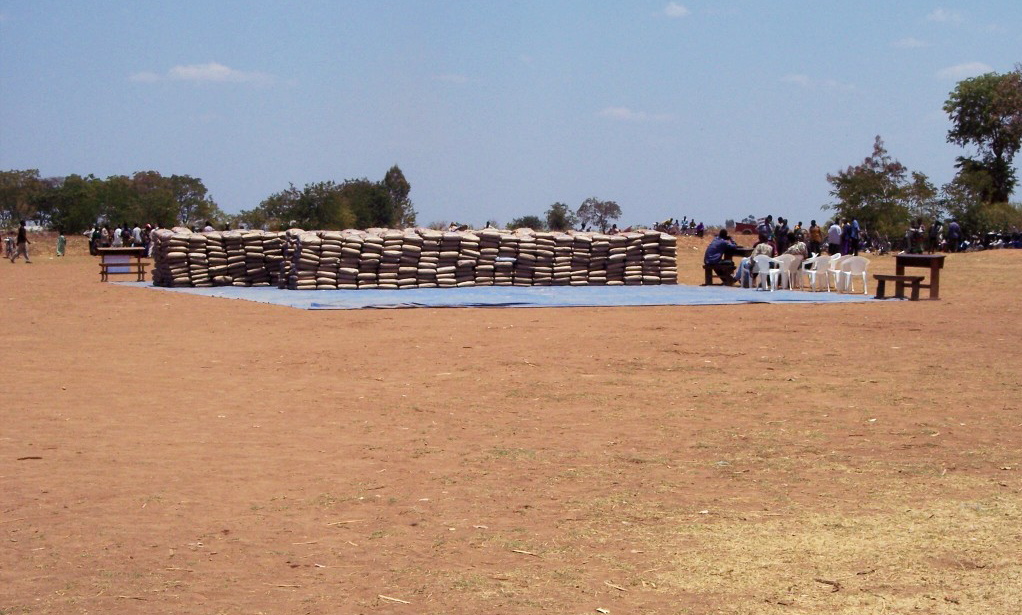When Carol arrived to the village in rural Indonesia to begin her anthropological dissertation research, she was shocked at the frequency of “feasts” that took place in the village. This was not a phenomenon she had come to study, and frankly, she became a bit annoyed at how she perceived it “disrupted” village life, and presumably her work. They would involve everyone and much effort and time went into these all-day events.
Carol shared, in the qualitative research methods class in which she taught me, that over time the true nature and reason for the feasts were revealed as she observed what really went on there. What she initially viewed as a waste or a distraction, from her Westernized vantage point, changed drastically.
What Carol learned was that “feasting” functioned somewhat as a guise for the sharing of food among families who did not have as much in the village. In essence, the feasts allowed for food and other items to be redistributed in a way that not only preserved the dignity of the recipients of assistance, but also included them fully in the social life of the village.
When I was working for corporate NGOs and attending food distributions in southern Africa, I often remembered Carol’s story as people queued for their CSB [corn-soya blend], having to verify not only their identity, but their declared and/or determined vulnerability.

Mind you, the logistics of moving and distributing tons of grain within a country like Malawi is quite different than a few hundred villagers coming together to cook a large meal. But I always wondered, how can we bring more intimacy to delivered food aid? Coming from a U.S. state whose surplus contributes greatly to the supply of food aid around the world, I wondered, how can the giving and receiving be made more personal? Can people be made to feel as if their global neighbors are extending care to them?
So why is this important?
It’s the difference between a hand-up and a hand-out. It’s the difference between acknowledging a person’s personal struggles and giving them hope, rather than just assigning them a number.
On this Blog Action Day, let us consider: Does the food received at a village feast versus a distribution of flag-emblazoned sacks nourish the body any differently?
Perhaps, no.
But where it differs is in the nourishment offered to the soul.
***
To Carol McAllister: I always suspected that the skills you taught and the humanity you modeled were more important in the field as an aid worker than say—macroeconomics. (Gasp!) The life and work of a caring and skillful teacher will always live on. RIP.
***
Related Posts
Reaching Girls at the Grassroots – A Sound Investment (Part 1)

I think we know in our own lives how different it is to queue up at a workplace or school canteen versus joining in with the preparation of a meal to be shared with family and friends. Once a year we have a neighbourhood street party, and it is a wonderful way to integrate those who are new to the village, who live on their own and don’t out much, as well as those of us who work internationally and are often just now around.
We can call this social capital if we wish, but a lot of it is about enjoying life and maintaining cultural cohesion.
And the other side of this story is people who have very little in material terms will often offer food what they do have to their Western visitors.
Great post and great point.
I think there is also something to be said for the breaking of bread with the recipients that makes a difference. At a feast, we all eat together. In a distribution, some pay, others buy, others distribute, but ultimately each beneficiary takes it home and eats with her own family, alone, so to speak. This certainly does remove us all from the generous, and humble, act of sharing food.
Of course, eating together would be difficult. But what if we all shared a holiday? I remember as a child, very idealistic, how the song “Feed the World” touched me. I imagined, as the song implied, that all those people with no food did celebrate Christmas and was very touched by the idea that they might not have a Christmas dinner. Even if our own was pizza from Domino’s because we burnt the turkey.
It raises more questions than I have answers for, but I appreciate the thought.
There is no question in my mind that “feasting” develops a more positive relationship between suppliers and consumers than do “handouts” by clearly well-fed foreigners of sacks emblazoned with a “donor’s” flag. Issues of scaling-up are real, but the difficulty should not preclude serious thinking about how it might be done. I am increasingly perturbed about how such things play out in the militarized counter-insurgency environment in which “aid” is increasingly provided. The queuing up for “bread” looks much more like attempts to “buy” hearts and minds than “win” them.
Hi Jennifer,
As always, a thoughtful post. It made me think of the push to “brand” everything in the humanitarian industry. I find the idea of labeling humanitarian aid (e.g., “Provided with the generous support of the people of the US”) to be offensive, patronizing and completely degrading to the people who receive support. The last thing folks who are already marginalized need are neon signs affirming to the world their status as disenfranchised people. Although I know of no evidence to support this claim, the symbolism of humanitarian branding can’t have a positive impact on participants’ psyche.